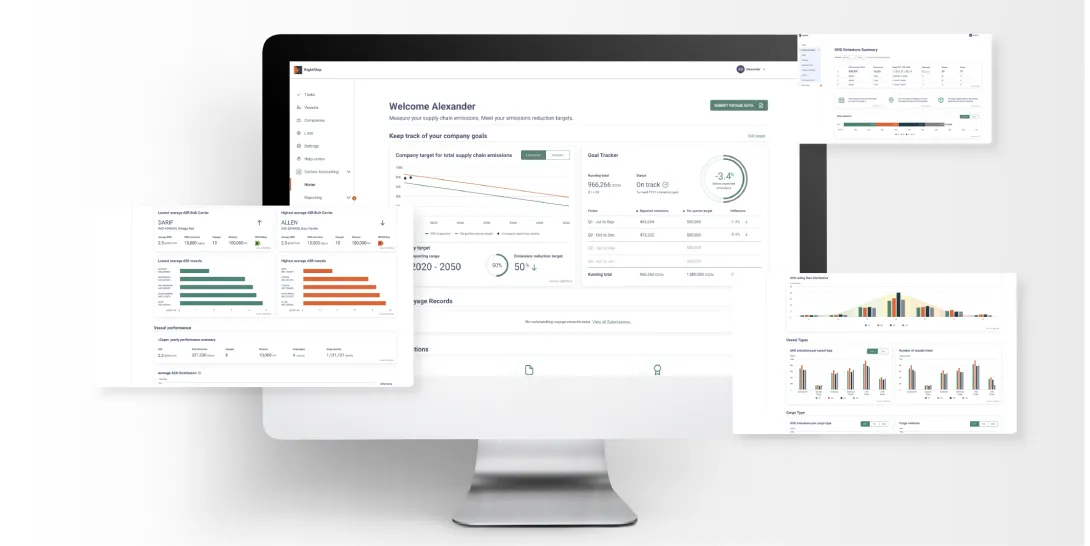While the maritime industry has made great strides in terms of setting regulations, RightShip has observed the market moving faster than regulations as the need to meet the International Maritime Organisation (IMO) targets and reduce total annual greenhouse gas (GHG) emissions by at least 50 per cent by 2050 compared to 2008 becomes increasingly urgent.
However, as IMO targets are not deemed sufficiently stringent to meet the Paris goals of keeping global warming below 1.5C by a large segment of the industry, progressive initiatives steer towards zero emissions by 2050.
There are several drivers impacting the need to account for, and report on, carbon emissions. These include the need to transition to a low-carbon economy, shareholder and consumer pressure, decarbonisation leadership and increasing commitment to risk mitigation.
Why RightShip customers choose Carbon Accounting
Our Carbon Accounting tool measures, monitors and benchmarks a company’s GHG emissions across defined reporting periods. Once the calculations have been completed, customers can understand their carbon output, identify key emissions hot spots and report on these outcomes in order to establish paths to reduction.
Carbon Accounting gives customers insights including cargo and ship types, voyage routes and individual vessel efficiency that considers both design and operational performance.
Improving in-Platform Carbon Accounting
While RightShip has always provided reporting for customers, we have seen an increasing need for more specific reporting on Carbon Accounting. As a result, we have removed manual reporting and used innovative technology to provide more bespoke insights to meet our customers’ needs.
The key enhancements include:
We hope that these detailed insights will help our customers find their top performing vessels that they will want to work with again and help them take action to reduce their carbon emissions.
How robust reporting helps you to improve
Our dynamic reporting ensures your information is automatically updated once your carbon accounting voyage submissions have been processed. Powerful graphs allow you to easily filter by vessel and cargo type, emission intensity type on a quarterly or annual basis.
We understand that you have data needs that are specific to your organisation. The bespoke filters enable you to search using company specific metrics to drill down into tailored ways to improve your overall carbon emission footprint.
With the information delivered in easy-to-use reports, you’re better placed to meet your goals. The dynamic reports use cutting edge technology to generate insights to help you take steps to reduce your emissions today. This is not only good for our industry, but it also makes business sense, with the need to report on and reduce your emissions essential to success.
Learn more about RightShip’s Carbon Accounting
